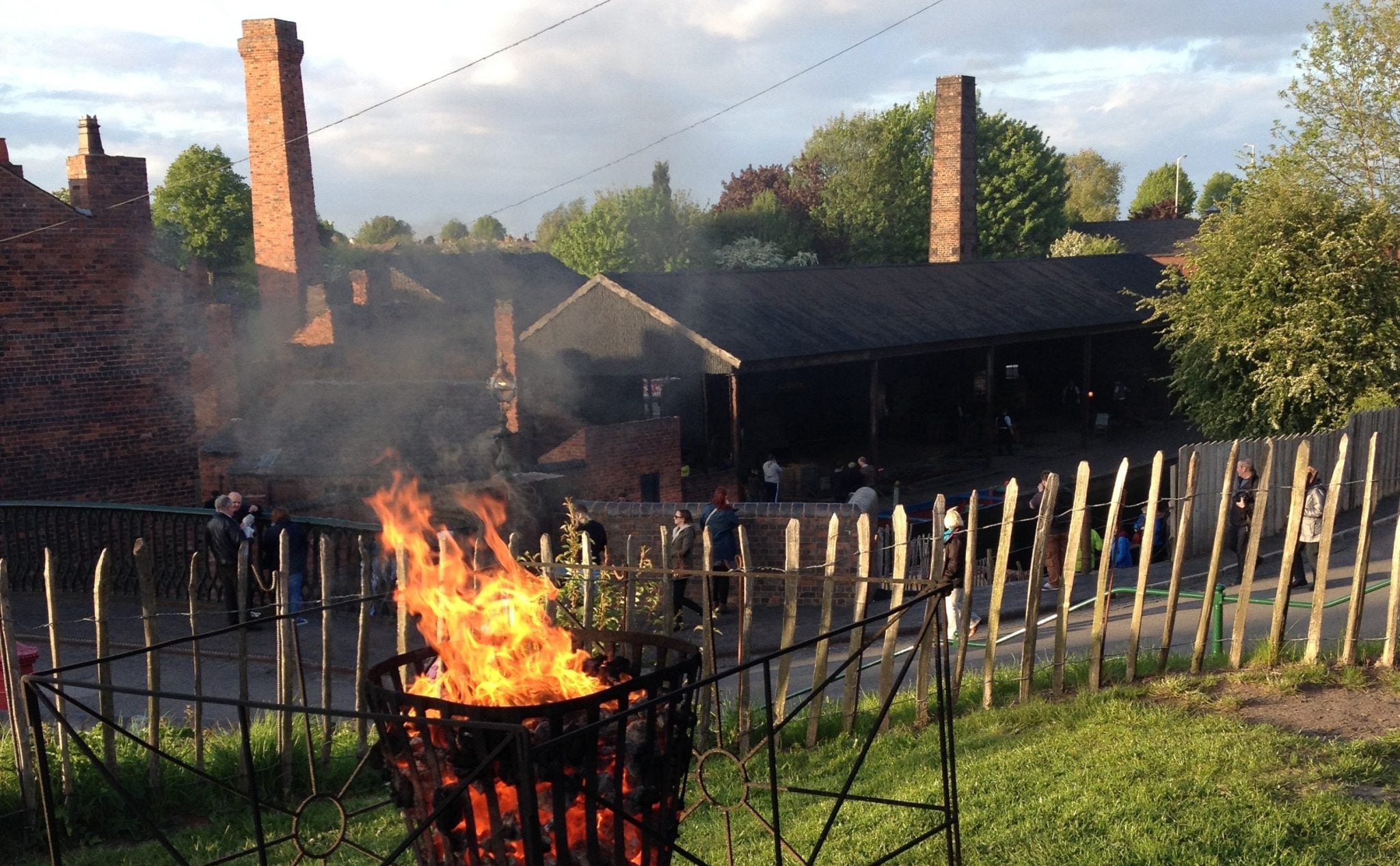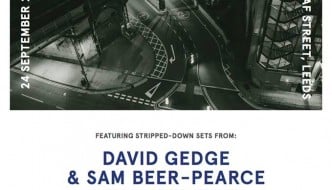Red By Night: Elinor Cole visits the Black Country Museum
November 17, 2015

Elinor Cole 2015
“Black by day and red by night”. That is how American diplomat Elihu Burritt, who visited the Black Country in 1868, described the landscape he saw before him. The Black Country as a distinct region came to economic prominence during the Industrial Revolution–with hundreds of coal pits and smoke-blackened skies giving the area its name. By night, the skies became aglow in a red haze lit by the flames of forges and furnaces. It may have been ugly, but the success of its industries and of the canal network for purposes of trade and travel meant that this area became the thriving heart of Britain and, indeed, of The British Empire.
The area has changed much since Burritt’s visit. The industries which once fuelled the region saw a rapid decline during the late 20th century, and many of its workers have suffered unemployment and hardship through successive governments. Yet despite this, recollections of past glory mean that the area has remained one of special national significance, a fact which in 1978 led to the opening of the Black Country Living Museum in Dudley, West Midlands.
For one night in May 2015, the Black Country Living Museum opened its doors after hours to promote the nationwide ‘Museums at Night’ event organised by the BBC. Held at over 700 museums, galleries and historical spaces across the UK, these events were coordinated with the purpose of allowing people to experience culture in a new and unexpected way. At the Black Country Museum, this evening experience was called ‘Red by Night’, and offered a whole new perspective to regional culture than the ‘black by day’ with which many visitors may have already been familiar.
One thing which makes the Black Country Museum so popular, both with children and adults, is that there are no dummies or mannequins modelled to demonstrate various tools, or the clothing of the past. This medium of ‘living history’, of bringing a place’s history to life, is more than simply theatrical re-enactment–it is often greatly educational, as the crafts on display are carried out by real craftsmen working to authentically recreate the experience of life and labour.
At the ‘Red by Night’ event, the nailer, the chain-maker, and the glass-blower all demonstrated their crafts. Inside, the glowing metal and the sparks which flew when it was struck by the hammer illuminating the dark, provided visitors with an authentic experience of workshop industry. By contrast, the canal–or ‘the cut’ as it’s called in Black Country dialect–with its towpaths, industrial wharf, and traditional narrowboats, was particularly serene when seen in the fading evening light.
Elsewhere in the museum, traditional red brick cottages with their gardens and allotments, many of which can be explored, provide an accurate insight into how people lived from the 1840s right through to the 1940s. Though these houses can be visited by day, taking a walk through them at night serves as a humbling reminder that life was not always as luxurious as in modern times, and that huddling around a small open stove was all that could be done to drive away the cold.
Outside on the high street, traditional street entertainment drew quite a crowd. When the daylight faded and children could no longer play at skipping or stick-and-hoop, performers presented the fires of industry in a whole new light, creating spectacular light shows, juggling burning instruments and spitting out flames into the dark.
While the buildings, workshops and picturesque canals pay homage to the way people worked, the Black Country Museum also gives an insight into how the children of the Black Country spent their free time. T. Cook’s Sweet Shop was the place to go to buy some ‘suck’ (sweets), and still sells them today. Traditional Black Country fish and chips were a staple for the labourers as they returned home from their toil, and can still be bought from Hobbs Fish & Chip Shop. The Limelight Cinema, an example of a small picture auditorium, still shows silent films, and the travelling fairground–now stationary at the Black Country Museum–includes old-fashioned games and rides. When experienced in the evening at the ‘Red by Night’ event, these aspects of the museum offered all new sights, smells, and sounds–a little taste of the region and its culture.
The ‘Red by Night’ event was a resounding success, with tickets having sold out days before the event, and visitors appearing enthralled as they soaked up the atmosphere at the museum. The Black Country has a strong and vibrant connection to its heritage, collective identity and dialect. It is, and will remain, a stubbornly permanent feature of the country’s landscape. Though the traces of its industrial past may only be remembered through old photographs and documents, the deeper identity of the region can still be celebrated today, through living, breathing experiences such as those brought to life at the Black Country Living Museum.




Comments